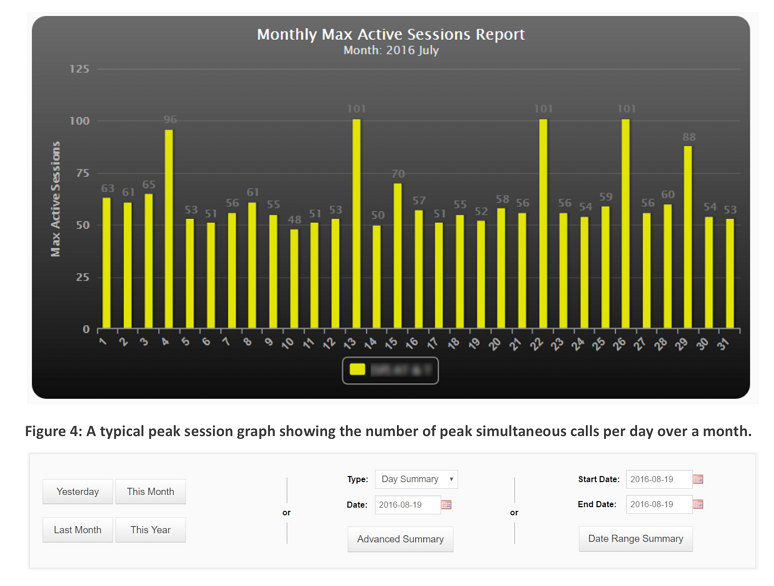Virtual Agent Pricing Rationale
To understand why contact center providers are able to charge more for virtual agents than live agent seats, let’s step through the math. In our payment-processing example, we determined that the customer would need 181 live agents to handle calls. In the U.S., the average annual salary for agents is around $28,000. The fully burdened cost is much higher when you include onboarding, training, benefits, and equipment. Let’s assume it’s closer to $40,000 per year (and that doesn’t include on the cost of high turnover). The cost for 181 agents would be more than $600,000 per month. Assume that the customer is also paying its contact center provider $200 per month for the software. The total cost is $36,000 for software plus $600,000 for labor.
On the other hand, if the task could be automated by virtual agents, the customer could eliminate labor costs. This enables the contact center provider to charge significantly more for virtual agents and still reduce a customer’s cost to serve. Even if the cost of the virtual agents increased by almost 10 times, to $300,000 (or $2,000 per virtual agent), the customer still sees its service costs cut in half.
One thing that is different when forecasting staffing and costs for self-service is “virtual agent containment.” This is the percentage of service requests completed within the self-service application that don’t need to be transferred to a live agent. The higher the containment rate, the lower the cost to serve. Containment rates can be increased with well-designed applications that enable the caller to resolve a problem with minimal effort and frustration. Organizations are increasingly moving toward more conversational user interfaces that enable the caller to speak naturally to the virtual agent. This eliminates traditional layers of IVR menus that tend to annoy callers and cause them to punch "0" to reach a live agent.
A good
virtual agent platform helps organizations deliver self-service applications that use speech and natural language processing to improve containment rates. It also provides the reporting needed to understand call volumes, call flow, containment rates, and more, as shown in the example below.
Flexibility Gains
Businesses have a wide variety of problems and use cases. Self-service is certainly not the solution for every problem. For example, a business might want to bypass the IVR entirely and only route calls to live agents based on caller ANI. If the use case is providing VIP concierge services, a solution that uses live agents might be the best solution. However, for many tasks where consumers are increasingly more willing to use self-service,
intelligent virtual agents provide an attractive alternative.
Contact center software vendors now also have greater flexibility. They can still offer live agent seats when appropriate. But advanced self-service options are becoming more attractive as software providers realize that they can offer added economic value to their customers and prospects, while also increasing their own order sizes.










